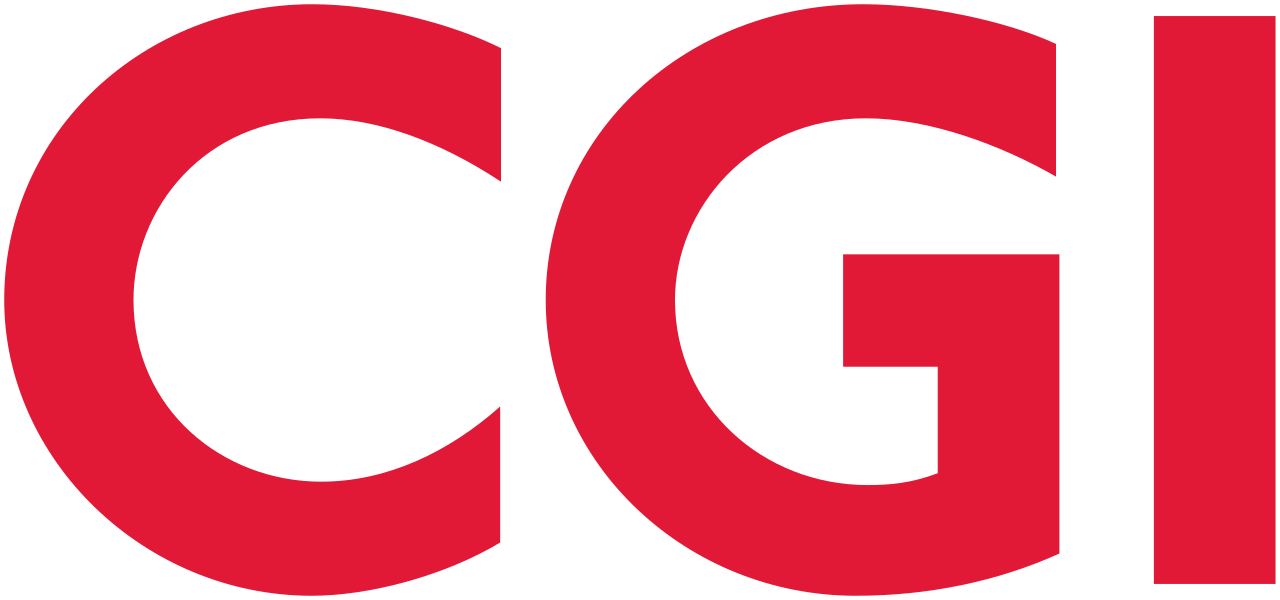Getting down to business
During the first week of winter semester classes, every available student in the MBA program at Concordia was being put to work. They were rolling posters, making phone calls, updating computer databases and packing boxes. Professors were trying to reschedule the next week’s classes because, after all, their classrooms would be empty. Conversations overheard in the halls were peppered with words like “vitamins,” “sleep” and “relaxation techniques.” Although not standard business buzzwords, they were prevalent all that week.
Why was the MBA program turned upside down? The 11th Annual Concordia MBA Case Competition, held in mid-January, was a week away and it was going international for the first time. Five foreign business schools would join 19 Canadian schools in a round-robin tournament of business case analyses.
The 1992 roster included Canadian schools from defending champion Memorial University of Newfoundland to the University of Calgary. From outside of Canada came teams from the University of Otago, New Zealand; the London Business School, England; Gothenburg University, Sweden; the Ohio State University; and Georgetown University, Washington D.C.
On the first morning of competition, the lower lobby of Montreal’s Ch√¢teau Champlain hotel filled earlier than scheduled. Faculty coaches steered their teams through the crowd and offered last-minute words of anxious advice. The organizers began the tedious process of inspecting every team’s supplies – programmable calculators and preprinted materials are not permitted. Then the teams were given their cases and sent to their preparation rooms for the three-hour analysis period.
A business case presents the situation of a real company and a particular problem it faced. Students must analyse the situation to identify the problem and recommend a strategic solution. The 25- to 30-page cases provide information on the company’s marketing, managerial and financial activities, including financial statements and figures. The Case Competition pits teams of four students against each other in presenting their solutions to a panel of business executives acting as judges. Presentations may be made in French or English, as each team prefers. The round-robin format randomly divided the teams into four divisions of six teams, each team competing against every other in its division.
[img_assist|nid=759|title=|desc=Members of the team from St. Mary’s University in Halifax seen in the last moments before their presentation.|link=none|align=left|width=198|height=415]The tournament has evolved since MBA students Nora Kelly and Annette Wilde initiated it in 1981. Then, the four Montreal-area universities faced each other. A year later, the number of schools participating had grown fourfold and included schools from across Canada. Today, Concordia’s team members are chosen from students enrolled in a special three-credit Case Competition course offered in the MBA curriculum.
The 1992 Concordia team members were captain Laura Crozier, who holds an BA in English literature from University of Toronto; Ayla Assioun, whose undergraduate degree in computer science is from the American University in Paris; the group’s numbers man, Jonathan Mosel, who earned his BComm at Concordia; and Helen Kotsovos, who holds a BComm from McGill.
“The first case is the worst because you don’t know what to expect,” says Crozier. ‘You have visions of a panel of 15 judges with fangs or something.” She says adrenaline alone got her through each round of competition; it’s just not possible to train for those sessions. “You can practise your presentation skills, but nothing can prepare you for the analysis under that pressure.”
Crozier says she was blown away by the experience of working under extremely stressful conditions with a team of people. “I’ve had that feeling before, when a team is really clicking, working in restaurants. When it’s really really busy and there’s a food critic in the house and it’s either do or die… and it clicks. Everybody’s helping each other and it’s just going smoothly, though if one thing breaks the whole system will crumble. It was like that.” She says she hadn’t experienced such intensity on an intellectual level before this competition.
Maria Hilmersson, a member of the team from Gothenburg University, said the entire competition is an intense training session and that she had never learned so much in five days.
Although Concordia hosts the event, the University has never managed to win its own cup. Concordia has been creeping up in the ranks, though. It placed first in Quebec for the second year in a row, and fifth overall. The luck of the draw put Concordia in the same division as teams from three other Montreal schools: McGill University, École des Hautes Études Commerciales and Université du Québec a Montréal. In a spirit of friendly hometown rivalry, Concordia proved itself by defeating all three. The team suffered its only defeat at the hands of the winning team from University of Otago – but that was enough to eliminate it from semi-final competition.
[img_assist|nid=760|title=|desc=Jerry Stuurop of Canadian Marconi, Annette Pankrac of Annette Pankrac Enterprises and an unidentified judge assess a case presentation.|link=none|align=right|width=400|height=188]The system the Concordia team developed for the competition was a strategy for analyzing a case in three short hours. Crozier says, “The dynamics that developed were for mere survival. We’d isolate the problem and then systematically deal with it. Then we would all split up and try to do our particular parts. Sometimes Jonathan would be cranking out those numbers; you could see he had this fever pitch in the way he was attacking the problems and bringing meaning to the numbers.”
The Case Competition is entirely student-run. Three MBA students took on the organization of the competition for academic credits. The year-long project involved them in everything from raising the $60,000 budget to recruiting the 250 senior business executives needed to judge the competition.
Recruiting is made easier by the competition’s reputation in the business community. Sabine Altier is a former Case Competition organizer. She is now senior legal counsel for Montreal Trust. She says she gets calls from business people who want to make sure they get an invitation to judge. “They value judging,” she says. “They will fight to keep their title as a judge.”
Klaus Kepper, vice-president finance at Smith & Nephew, says he will take a few days off work next year to judge more events. Many judges such as Michael Riley, a partner at Ernst & Young; Mackie Vadacchino, vice-president and general manager of Cala Human Resources Communications; and Robert de Fougerolles, president of Ropex Industries, contribute services in addition to the time they spend judging.
[img_assist|nid=761|title=|desc=University of Ottawa team members Lyne-Marie Tremblay, Gilles Rancourt and Josée Blais wait their turn before the judges.|link=none|align=left|width=401|height=276]One of the main reasons for such eager participation by business executives is the opportunity the judges get to rub elbows with each other during the event. Ailter says that, for the vice-presidents and CEOs, it is also a chance to see what the students can do. And it’s a kind of refresher course for them. “Most of these people have MBAs or the equivalent,” she says. “But when you’re in the day-to-day life of business, you tend to forget that you have to look for… a mission statement, for instance. It jogs their memory: ‘What’s the problem? What are the issues?’ It’s also a training process for the judges.”
Judges allot a total of 11 points to the two teams in a given match. The judges play the role of the company whose case is being examined, with the teams acting the part of consulting firms vying for the contract. This year, most scores were 7-4 or 6-5 spreads, making the competition tight.
When each three-hour preparation period came to an end, half-full cups of forgotten coffee were all that remained as the teams headed to their presentation rooms.
“Getting up so early in the morning after a not so great sleep and preparing the case,” Crozier says, was all a prelude to the most frustrating part of the competition, “…waiting around for half an hour if you presented second.” The halls of the hotel filled quietly with those teams that had to wait outside while die first teams made their presentations to the judges. “You go to the washroom six times and you walk around,” Crozier says.
During this time, team members are not permitted to discuss their case or to speak to anyone outside the team. Left to their own devices, a sort of ritual developed. “Right before we went to present,” Crozier says, “we would all be wandering. We’d be waiting outside the room because we had half an hour to kill and we’d all get up and just start wandering. I wish you could draw one of those football diagrams of where we all went. We were wandering but we never bounced into each other. It was just automatic, because you get so in tune with each other.”
[img_assist|nid=762|title=|desc=Concordia team captain Laura Crozier makes a point while Helen Kotsovos assists with the transparencies and Jonathan Mosel and Ayla Assioun look on.|link=none|align=center|width=640|height=338]
In class situations, students tend to fear giving presentations. Crozier says the most difficult part of this tournament was not the presentation, but the 15-minute question period which followed. The 15 minutes are some of the longest in your life. Sort of like having a root canal. When you sit down (after presenting), you’re a sitting duck, especially because you can’t let the stress show.”
To cope with the unpredictability of the judges’ questions, the team relied in part on a silent system. “We generally divided it up. If it was a finance question, Jonathan would answer. If it was about a particular point an individual had made, that person would answer.”
They also relied, in part, on luck. “A lot of it is just good timing. I remember once Jonathan answered something and he said to me after, ‘I don’t know where that came from!’ It’s just like inspiration – as if God smiles on you and says, ‘Here’s a good answer,’ and you say, ‘Thank you very much.’ “
The University of Otago team took the Concordia Cup and $4,000 in prize money, provided by the Bank of Montreal. To ensure a true international flavour to this year’s competition, Georgetown muscled its way to second place, winning $3,000 in scholarship money from Alcan Aluminum Canada. Memorial University of Newfoundland, last year’s winner, and University of Windsor shared third place and $2,000 each from Pratt & Whitney and l’Association des MBA du Quebec.
In the week following the competition, as the dust settled and students’ attention returned to matters scholastic, talk of next year’s competition was already moving through the halls. Next year, the Canadian teams want to win the tide back.
Louise Brunet is a Concordia MBA student and was one of the organizers of the 1992 MBA Case Competition.




















